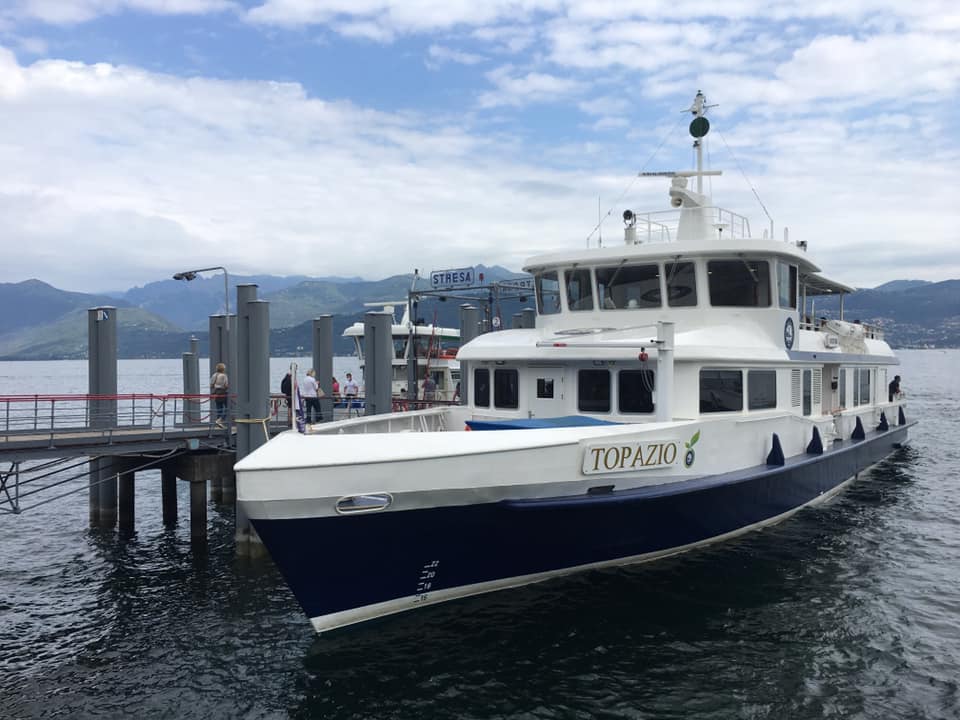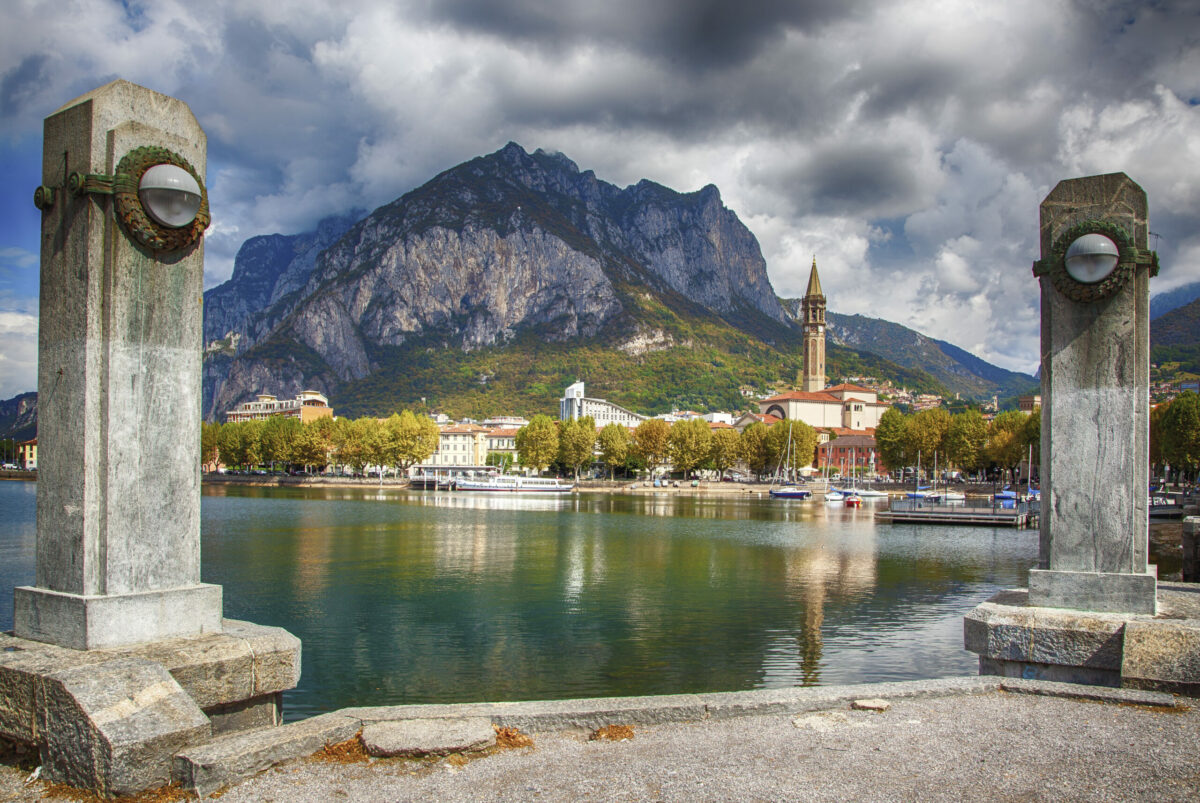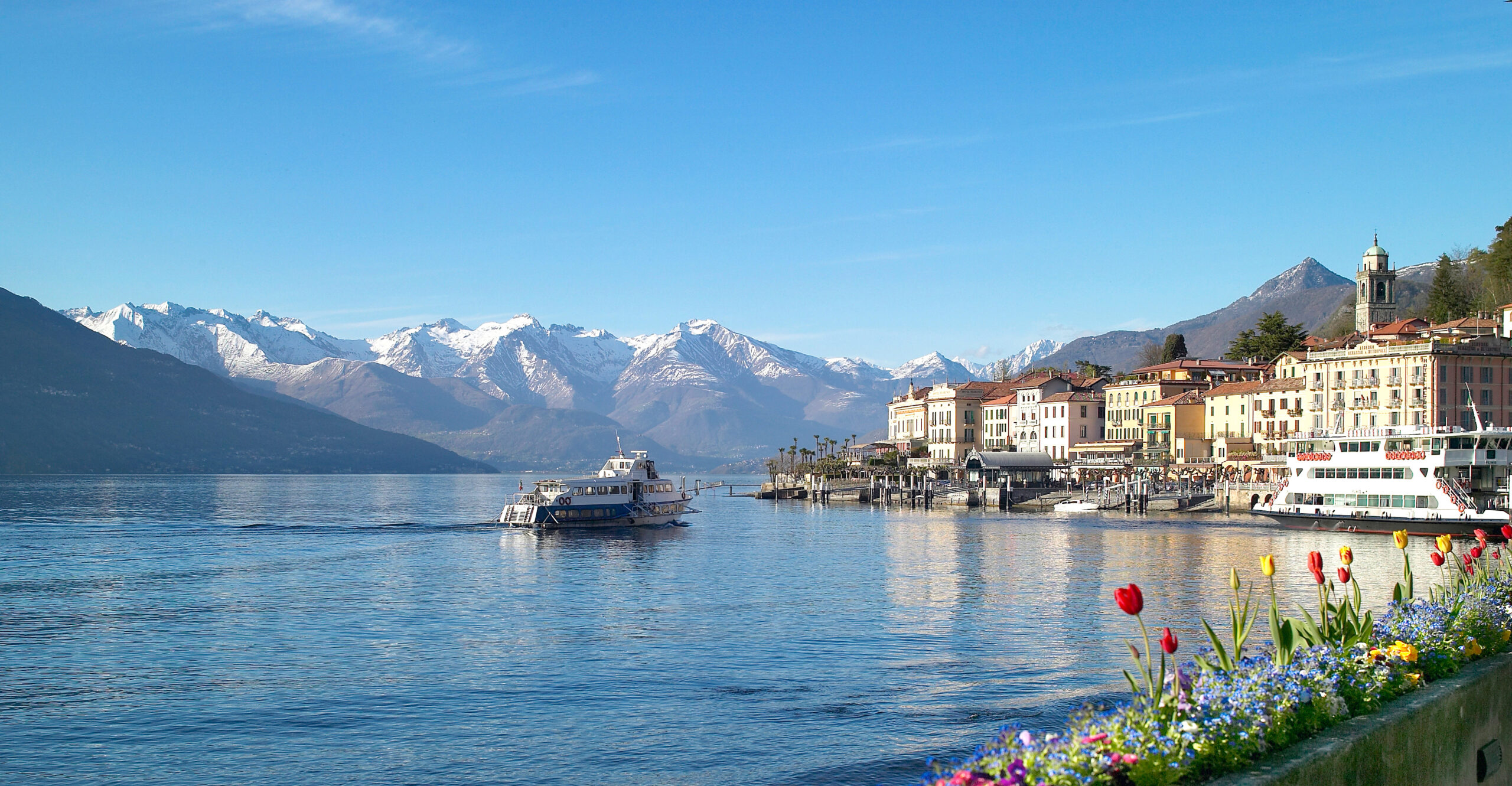
Lake Maggiore’s Islands: discovering the pearls of the Borromeo Gulf
- Lake Maggiore
- Out for…
Visit the Borromeo Islands – where masterpieces of man and nature compete in beauty
“Fifteen miles from shore, in the middle of the lake, are the islands known as the Borromee, which are, in my opinion, the most enchanting places to stay in the world.”
As early as 1795, philosopher Montesquieu thus described the Borromeo Gulf, the central area of Lake Maggiore framed by Monte Mottarone and the charming villages of Stresa, Pallanza, Intra and Verbania.
Here, right in the middle of the Gulf, the Islands of Lake Maggiore emerge, attracting visitors from all over the world each day.
The best way to reach them? By water, of course, with the Navigazione Laghi boat service, being the safest and most evocative way to discover the secrets of these Borromeo Islands.
The Borromeo Islands: evidence of an ancient nobility
It was here on Lake Maggiore that, from the 18th century onwards, the great families of Lombard nobility, such as the Visconti and Borromeo clans, would holiday. Aristocrats who spared no expense in building their sumptuous summer residences.
It was precisely the Borromeo family who, in the 14th century, made the luxuriant islands of the Gulf their destination of choice, starting their transformation and building imposing villas and gardens of rare beauty.
To this day, the two “sister islands” of Isola Bella and Isola Madre are owned by the Borromeo family, whilst Isola dei Pescatori has remained at the disposal of the community that had always inhabited the land, not having undergone any particular changes over the centuries but maintaining a scarce yet equally evocative atmosphere for visitors.

The Borromeo Islands
Isola Bella: the most popular destination on Lake Maggiore
Give a famous architect the right budget and they will be able to create a unique masterpiece. This is what the Borromeo family did in 1630, bankrolling works on one of the most enchanting pearls of the lake. Indeed, Carlo III Borromeo dedicated the “new” island to his wife Isabella d’Adda, known to everyone as Bella.
What resulted was Palazzo Borromeo, an imposing Baroque building that hosted the likes of Napoleon Bonaparte and Mussolini, amongst others.
The four-storey Palazzo offers a hall of honour with magnificent domed balcony, a ballroom in neoclassical style, a music room where precious musical instruments are retained, along with a “medal room” depicting the life of San Carlo Borromeo.
In addition are the Tapestry Gallery with precious 16th-century Flemish silk and gold tapestries, a room dedicated to Napoleon, plus numerous other chambers replete with paintings, furniture, stuccos and crystal chandeliers.
Even the basement of the Palace was carefully designed to be six natural caves adorned with stones and shells in a marine theme.
On the outside, the estate reveals yet another masterpiece, as the Palazzo is surrounded by an incredible Italian-style garden, articulated across ten terraces enriched with balustrades, obelisks, statues, water features and an infinite number of exotic plants, spectacular blooms and century-old trees, as well as a three-level amphitheatre with walls ornamented with tuffs, niches and reliefs.
Ascending the terraces, halfway up you come to the elegant Garden of Love, where the water lily pond and elegant flower beds with boxwood embroidery triumph. Proceeding to the upper terrace, you can enjoy a privileged panoramic view of the Gulf and the mountains.
This unique undertaking took the Borromeo family forty years to complete, ultimately altering the profile of Isola Bella, sanctioning the triumph of man over nature.
But, for once, we can say that man has succeeded where not even Mother Nature could, transforming a simple cliff, once inhabited by fishers, into an enchanting jewel.

Isola Bella – Palazzo Borromeo
The Isola Madre: the “Earthly Paradise”, according to Flaubert
Despite the impressive transformation work, however, Nature remains the undisputed queen of the archipelago, with Isola Madre being the perfect demonstration of this, so much so that French writer Flaubert called it an “Earthly Paradise”.
In fact, the island is home to an enchanting 8-hectare English-style botanical garden, considered amongst the best examples of topiary in the world.
It is enriched by a vast collection of centuries-old trees, rare plants and exotic flowers from all corners of the globe, which have become an ideal habitat for a large population of birds, including white peacocks, golden pheasants and parrots.
An aristocratic mansion was also built here, now used as a museum with period furniture, paintings and tapestries, as well as collections of dolls and porcelain.
Making the building even more picturesque are various rooms such as the puppet theatre, the neo-Gothic sepulchral chapel and the circular pool where water lilies, irises and papyruses reign.
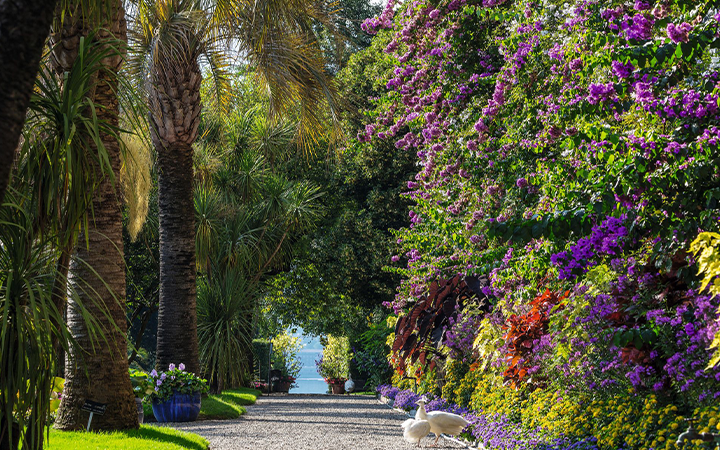
The Isola Madre
Isola dei Pescatori: the timeless hospitality of a centuries-old community
Also known as Isola Superiore, this is the only permanently-inhabited island in the archipelago. Over the centuries, the old village was home to a community of fishers. Today, only about fifty people still live on this “Fishers’ Island”, some of whom carry on the local tradition.
Here, visitors can stroll along characteristic alleyways lined with simple, spartan buildings, stopping at the market dedicated to local handicrafts or dining in the seafood restaurants that are always very popular and much appreciated, then finally enjoying the evening spectacle of lights reflecting on the lake and the silence that accompanies those who decide to stay overnight in one of the island’s two hotels.
If you come to the island in August, rather, we recommend not missing out on the impressive procession of the statue of the Assumption, carried around the island by illuminated fishing boats.
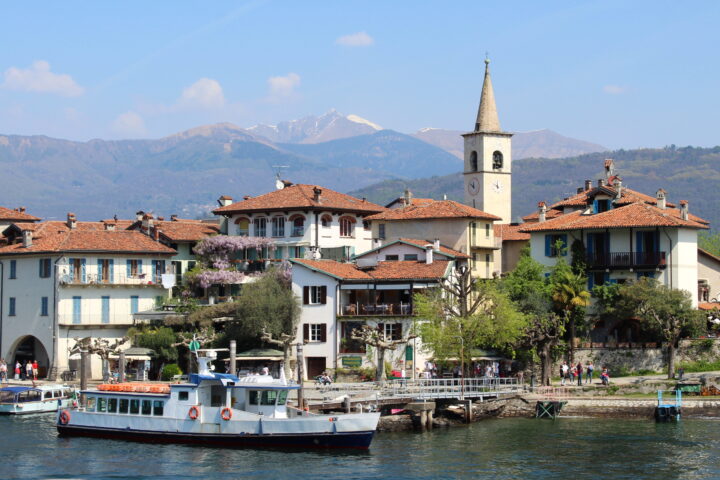
Isola dei Pescatori
The Isolino di San Giovanni: private and hyper-exclusive land
As we come to the end of our list of islands in the Borromeo Gulf archipelago, we reach the Isolino di San Giovanni, just opposite Pallanza, the only private island that cannot be visited and thus cannot be reached by Navigazione Laghi ferryboats.
Here stands the third Palazzo Borromeo, dating back to the 17th century, which spent several years as the residence of the famous conductor Arturo Toscanini.
Navigazione Laghi: discover the islands of Lake Maggiore aboard a ferryboat
The Borromeo Islands are essential stops for anyone wishing to savour the beauty of Lake Maggiore. To reach them, it is inevitably necessary to cross by boat, rendering every visit even more exciting and evocative.
With its daily water transport service, Navigazione Laghi mean you can reach the three main islands, open from March to October with frequent connections from the Stresa, Pallanza, Baveno and Carciano embarkation points.
If you enjoyed this article, sign up to our Newsletter and stay up-to-date on all the latest on Lake Garda, Lake Maggiore and Lake Como.



